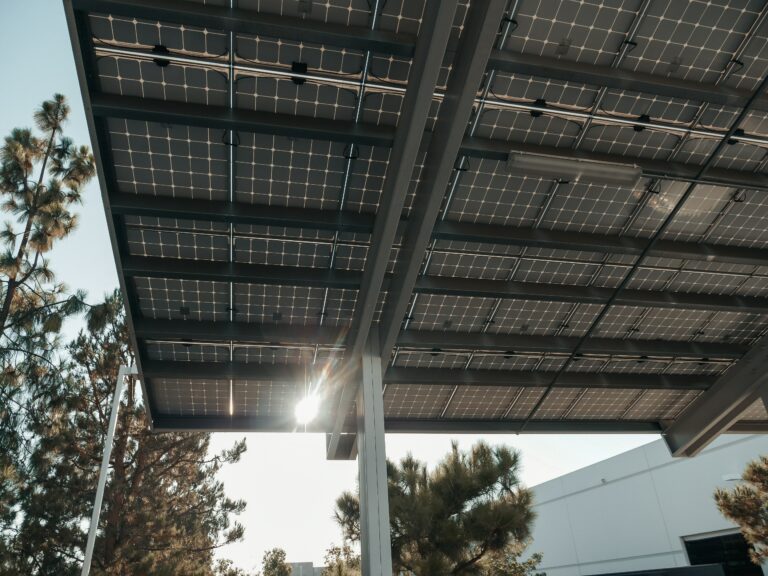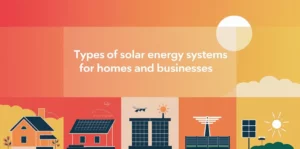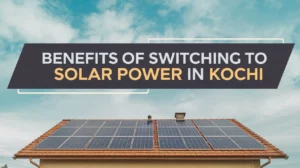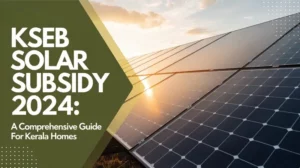Bifacial Solar Panels: An Introduction
Being the Top Solar Company in Kerala, isn’t quite easy for GSL in terms of familiarsing customers with the technological updations in the solar Space. Although, solar panels have become an increasingly popular way to harness renewable energy from the sun, customers who are new to installing a solar plant at their home or office would end up making their decision on the figures that would ideally fit their pocket. But it is a must, to know of the technological updations in this field so that you can save lot, yield a better return, reduce the energy wastages and minimise the return on investment periods. Traditional solar panels are one-sided and only capture energy from the front-facing side. Bifacial solar panels, on the other hand, can capture energy from both sides, making them more efficient and versatile than traditional solar panels.
Bifacial solar panels are still a relatively new technology, but they are rapidly gaining popularity in the renewable energy industry. GSL Energy Solutions, being in the top 10 solar companies of Kerala, explains, in this blog post, how bifacial solar panels work, their advantages and disadvantages, and their potential applications.
Bifacial solar panels have solar cells on both sides, which allows them to capture energy from both the front and back of the panel. The cells on the front of the panel capture energy directly from the sun, while the cells on the back of the panel capture energy reflected from the ground or other surfaces.
How Do Bifacial Solar Panels Work?
Bifacial solar panels can be made with either monocrystalline or polycrystalline silicon cells, the same materials used in traditional solar panels. However, bifacial solar panels have an additional layer of glass or polymer that allows light to pass through to the back of the panel.
When light hits the front of a bifacial solar panel, some of it is absorbed by the solar cells and converted into electricity. The rest of the light is reflected off the back of the panel and absorbed by the solar cells on the back of the panel. This allows the panel to generate more electricity than a traditional solar panel with the same surface area.
Advantages of Bifacial Solar Panels
The main advantage of bifacial solar panels is their higher efficiency compared to traditional solar panels. Bifacial solar panels can generate up to 30% more electricity than traditional solar panels with the same surface area, depending on the conditions.
Bifacial solar panels are also more versatile than traditional solar panels. They can be installed in a variety of configurations, including vertical and horizontal installations, and can be mounted on a variety of surfaces, including rooftops, carports, and even water. Bifacial solar panels are also less sensitive to shading than traditional solar panels, as the cells on the back of the panel can still generate electricity even if the cells on the front of the panel are shaded.
Another advantage of bifacial solar panels is their longer lifespan. Bifacial solar panels have a protective layer on both sides, which can help prevent damage from environmental factors like hail or wind. Bifacial solar panels also tend to have better temperature coefficients than traditional solar panels, which means they generate more electricity in hot weather.
Watch our customers talk about how satisfied they are with our installations.
Disadvantages of Bifacial Solar Panels
One of the main disadvantages of bifacial solar panels is their higher cost compared to traditional solar panels. Bifacial solar panels require more materials and a more complex manufacturing process, which makes them more expensive to produce. However, as the technology continues to improve and demand increases, the cost of bifacial solar panels is expected to decrease.
Another disadvantage of bifacial solar panels is their lower reliability compared to traditional solar panels. Bifacial solar panels are more prone to degradation due to increased exposure to moisture and other environmental factors. This can lead to a decrease in efficiency over time.
Finally, bifacial solar panels are less effective in cloudy conditions than traditional solar panels. Because bifacial solar panels rely on reflected light, they are less efficient in cloudy or overcast conditions. However, they can still generate some electricity in these conditions, which makes them a viable option in areas with variable weather conditions.







